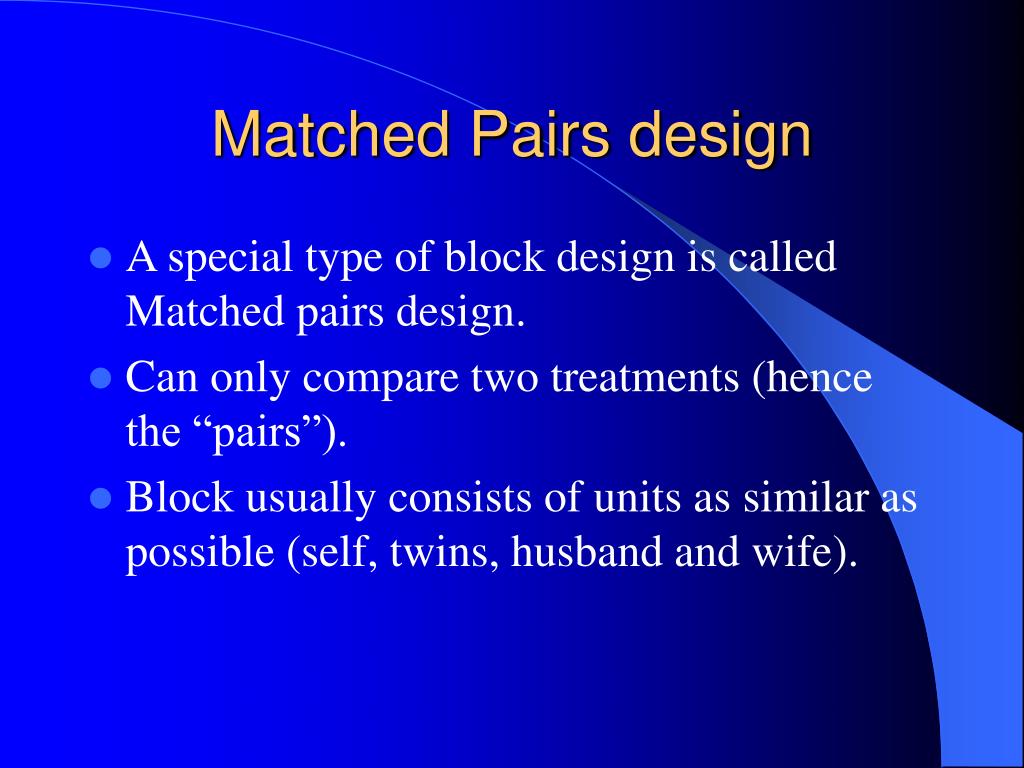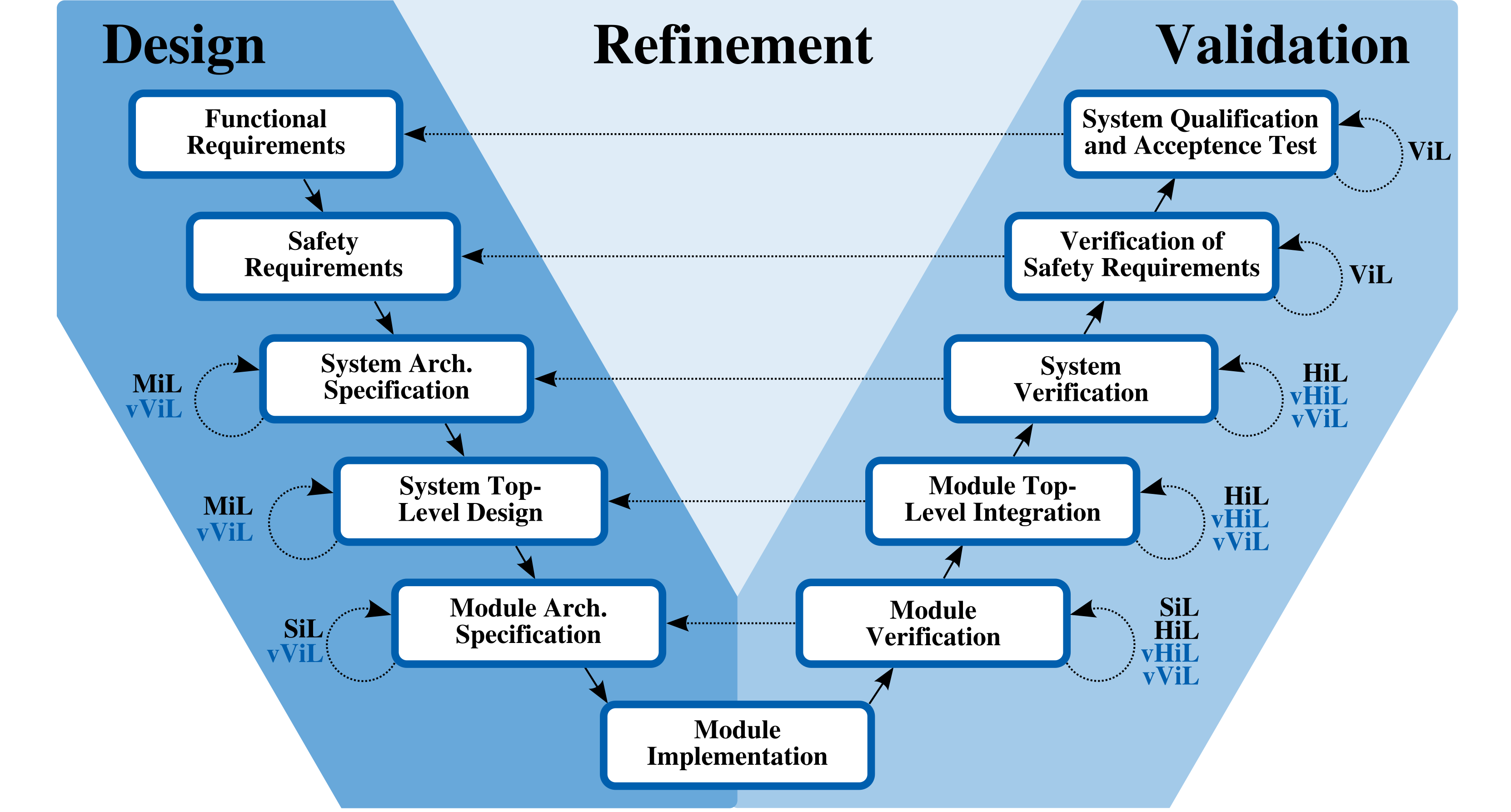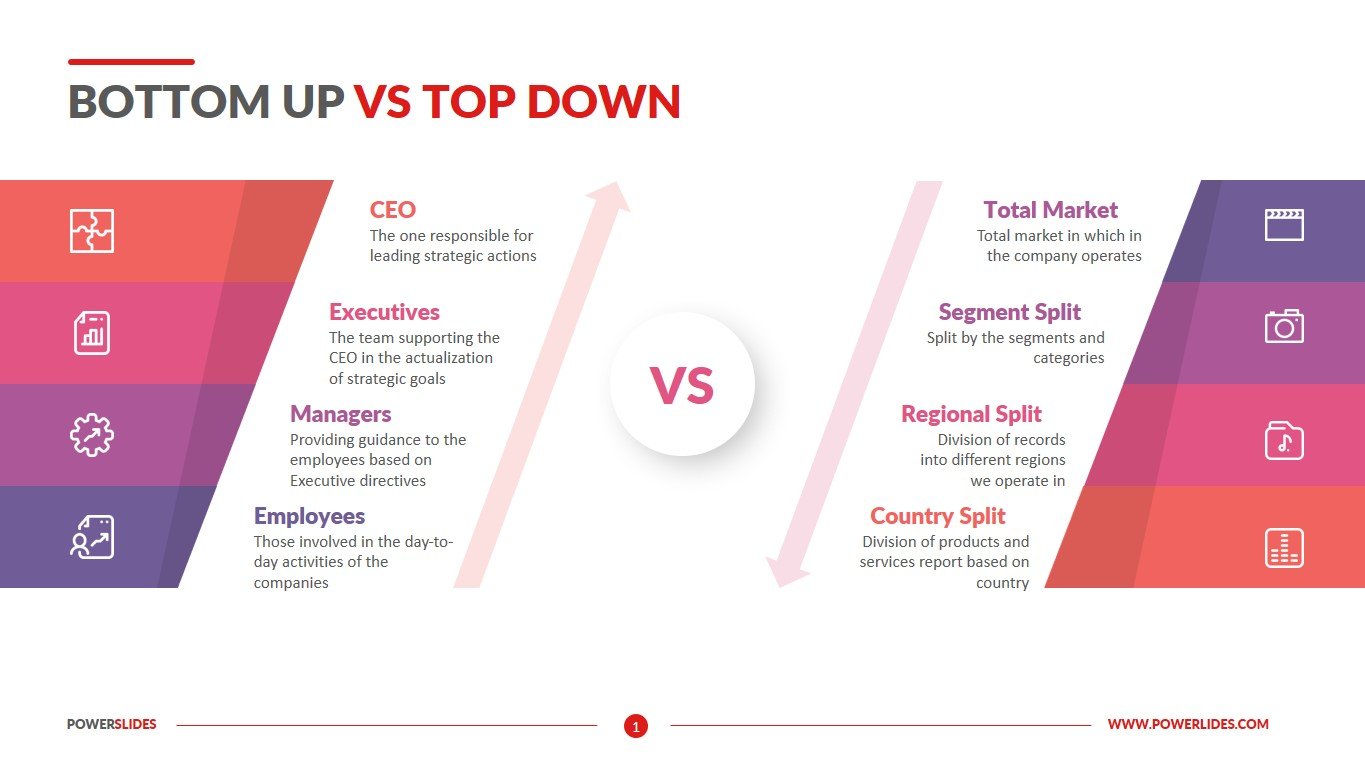Table Of Content

I have a Master of Science degree in Applied Statistics and I’ve worked on machine learning algorithms for professional businesses in both healthcare and retail. I’m passionate about statistics, machine learning, and data visualization and I created Statology to be a resource for both students and teachers alike. My goal with this site is to help you learn statistics through using simple terms, plenty of real-world examples, and helpful illustrations. Speaking of wallpaper, traditional design is staging a comeback in 2023 — floral print upholstery included.
Share This Book
This may be a source of bias if participants with certain characteristics have a higher probability than others of being excluded. In our previous example, each subject in the experiment was only placed on one diet. If instead we made one subject use the standard diet for 30 days, then the new diet for 30 days, there could be an order effect due to the fact that the subject used one particular diet before the other. Thus, any difference in weight loss that we observe can be attributed to the diet, as opposed to age or gender.
A Level Psychology Topic Quiz - Research Methods
There are a few outstanding benefits and a few expected disadvantages of utilizing a matched-pairs design. In this design, members are brought together because of a particular attribute or factors applicable to the concentrate and afterward split into various circumstances. A member will then be allotted to the control group in each pair, and the other member will be assigned to the trial group. The strategies are then equivalent to the free groups’ plan.
Independent Measures
This method isolates the factor’s effect and minimizes biases. Think of matched pairs design like a before-and-after makeover show. Each participant is paired with someone who has similar physical features, and then one person gets a makeover while the other remains unchanged. By comparing their outcomes, we can see if the makeover had any effect. This helps to eliminate confounding variables and increase the validity of the study. There are some notable advantages and some potential disadvantages of using a matched pairs design.

A study was conducted to investigate the effectiveness of hypnotism in reducing pain. Results for randomly selected subjects are shown in the figure below. The “before” value is matched to an “after” value and the differences are calculated.
Durbin-Watson Table
Researchers typically use this approach when they want to assess the effects of a specific treatment or intervention by comparing outcomes between the paired groups. ]Another benefit of matched pairs is their diminished demand attributes. Because we test all members just a single time, members are more averse to figure the analysis’ objective. This might lessen the gamble that members will change a part of their way of behaving because of information on the examination speculation.
Effect of antipsychotic drugs on group II metabotropic glutamate receptor expression and epigenetic control in ... - Nature.com
Effect of antipsychotic drugs on group II metabotropic glutamate receptor expression and epigenetic control in ....
Posted: Fri, 23 Feb 2024 08:00:00 GMT [source]
The advantage of the matched pair design is clear in this example. The sample standard deviation for the Hertz prices is $5.23 and for Avis it is $5.62. Much of this variability is due to the cities, and the matched pairs design dramatically reduces the standard deviation to $2.51, meaning the matched pairs t‐test has significantly more power in this example.
AP Statistics:Table of Contents
The only way to match perfectly is to find identical twins who essentially share the same genetic code, which is actually why identical twins are often used in matched pairs studies. Matched pairs design increases result accuracy by pairing similar subjects, reducing variability. It enables controlling for participant-specific variables, enhancing statistical power.
To perform statistical inference techniques we first need to know about the sampling distribution of our parameter of interest. Remember although we start with two samples, the differences are the data we are interested in and our parameter of interest is μd, the mean difference. In a perfect world we could assume that both samples come from a normal distribution, therefore the difference in those normal distributions are also normal. However in order to use Z, we must know the population standard deviation which is near impossible for a difference distribution. Also it is very hard to find large numbers of matched pairs so the sampling distribution we typically use for is a t distribution with n – 1 degrees of freedom, where n is the number of differences.
A study was conducted to investigate how effective a new diet was in lowering cholesterol. Results for the randomly selected subjects are shown in the table. Are the subjects’ cholesterol levels lower on average after the diet? In a matched pairs design, treatment options are randomly assigned to pairs of similar participants, whereas in a randomized block design, treatment options are randomly assigned to groups of similar participants.
To compare the effectiveness of two different types of therapy for depression, depressed patients were assigned to receive either cognitive therapy or behavior therapy for a 12-week period. Although order effects occur for each participant, they balance each other out in the results because they occur equally in both groups. In this manner, any distinction in weight reduction that we notice can be credited to the eating routine, instead of old enough or orientation. It also ensures the inclusion of a pre-specified number of participants from each category, therefore the results will be more generalizable.
Order effect refers to differences in outcomes due to the order in which experimental materials are presented to subjects. By using a matched pairs design, you don’t have to worry about order effect since each subject only receives one treatment. The core concept of Matched Pair Design lies in its pairing mechanism. By matching subjects based on key characteristics, it ensures that each pair is as similar as possible.























